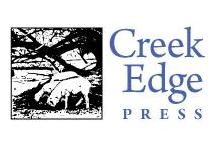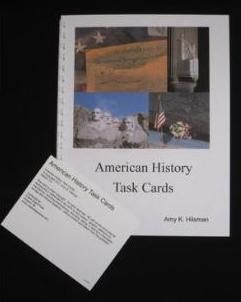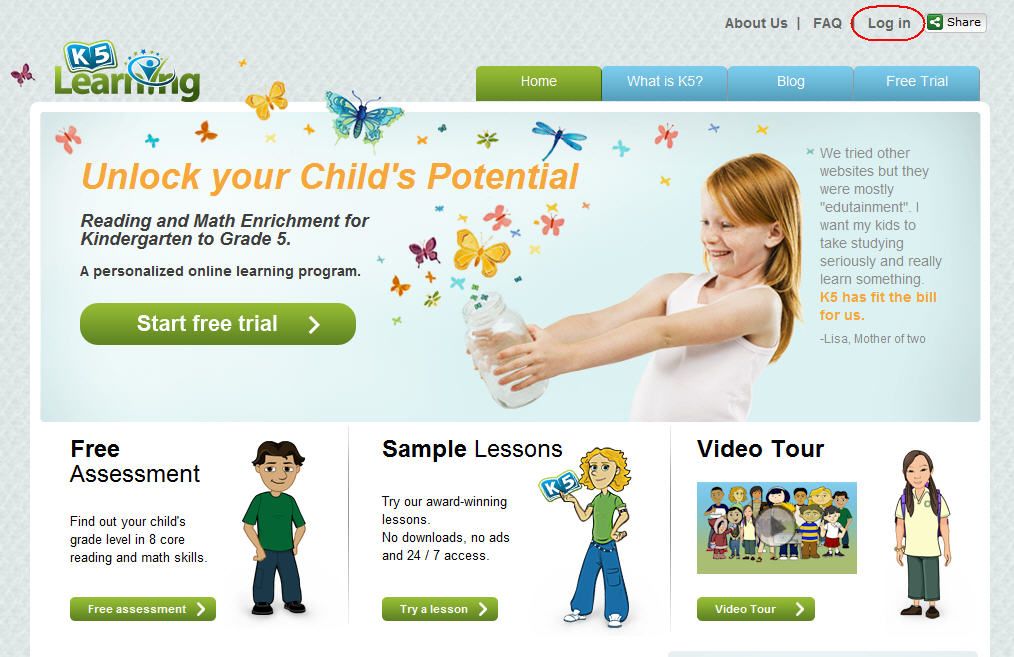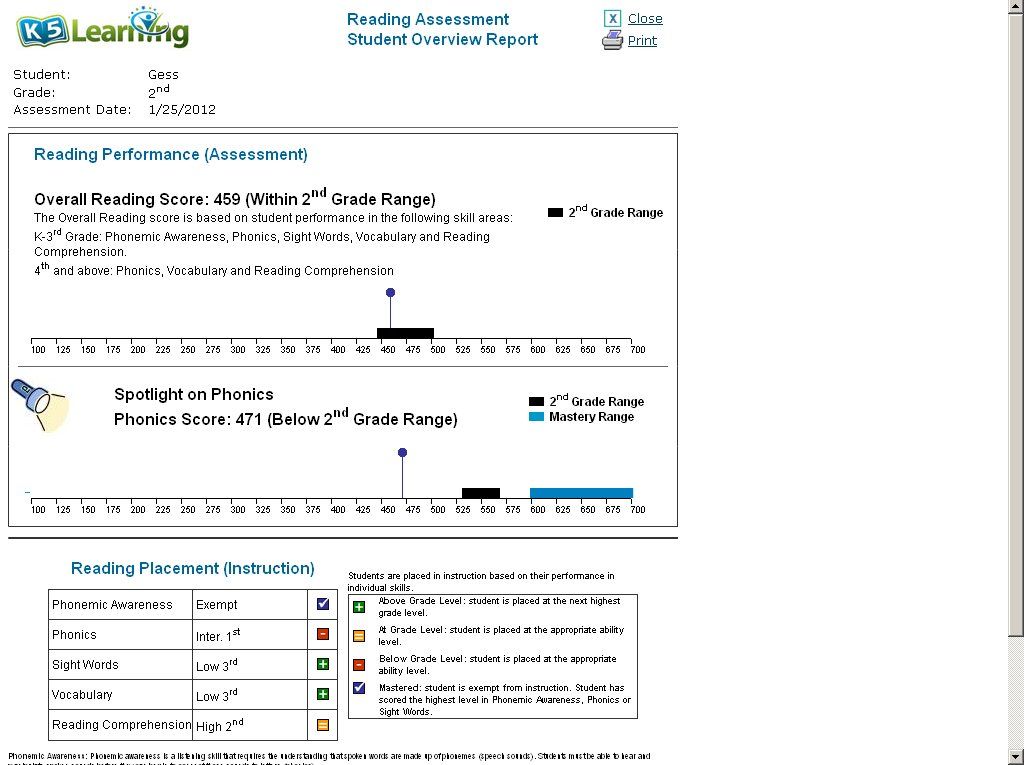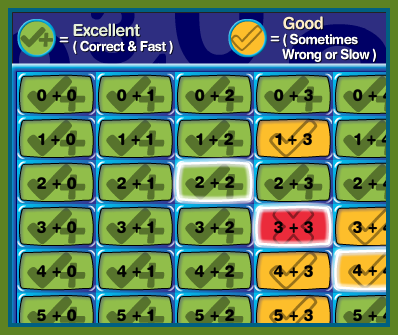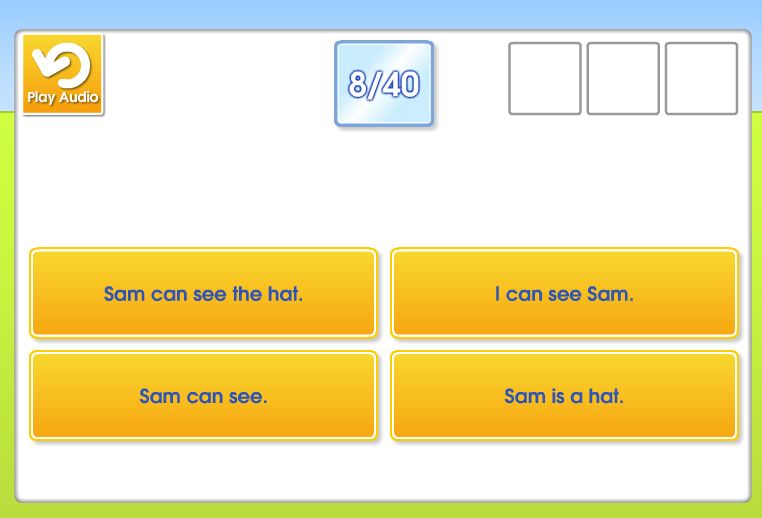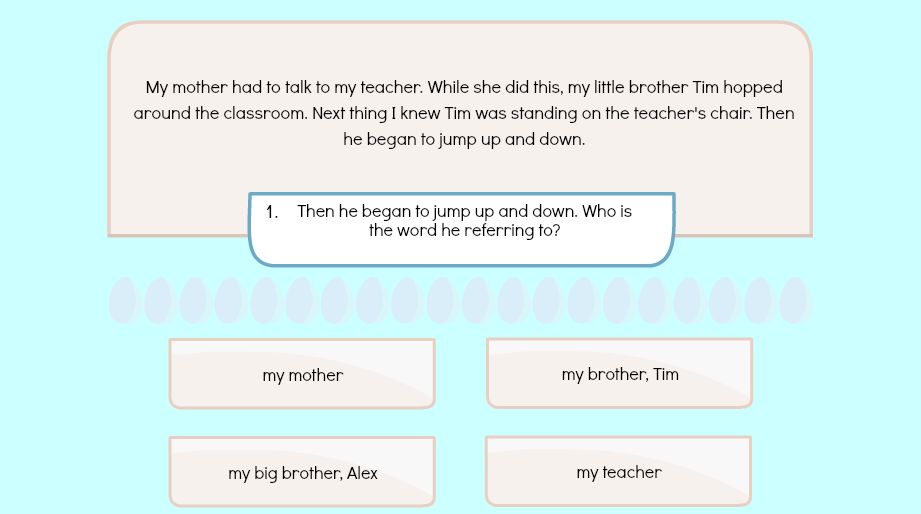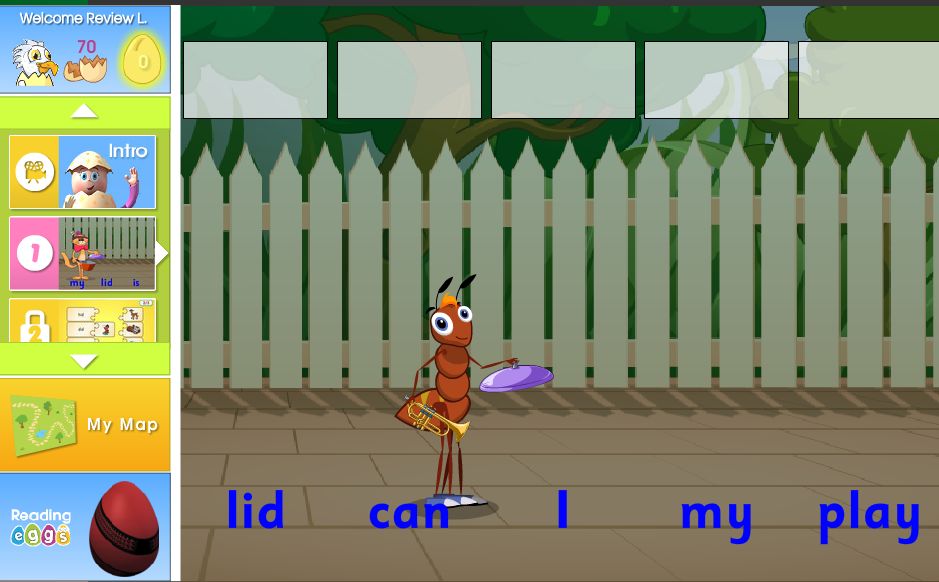As a homeschooling mom who was public schooled, I sometimes experience conflict about what I did in school versus what I have my children do. I have no desire to replicate the public school experience at home (although I received a superior education), but there were things about my education that I feel my children are missing. Specifically, I learned to write well from reading books and then answering comprehension questions about them. Thanks to what I now call after-schooling, my father used literature and these questions as a jumping off point to teach me to write essays. I learned how to analyze literature by writing.
My daughter reads voraciously, just like I did at her age. Because of that, I have never emphasized answering questions and analyzing literature as much as I would have if she struggled with reading (which actually kind of sounds like a backward approach now that I think about it. However, now that she is in middle school, it has become important to me that she knows how to read and properly analyze literature. Making this decision is only one step of the process, though. The next step is choosing the curriculum for the purpose. While I could write the questions and/or book units myself, I would rather not expend the effort! Fortunately, I do not have to.
Progeny Press has done it for me.
Progeny Press has offered amazing literature units for many years, but their new interactive pdf guides are amazing. With these guides, your student can type directly on the pdf and then print it out. Also, more than one child in your family can use the same guide without having to make additional copies. Each one just saves the guide under his own name. To see an example of how the interactive guides work, navigate
here.
In exchange for my review, I received two of Progeny Press' interactive guides free. We used Pride and Prejudice in our homeschool.
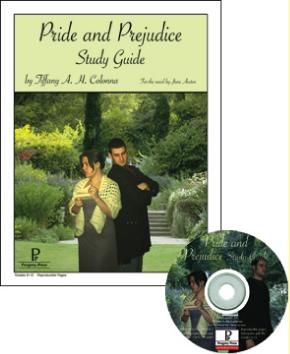
Each of Progeny Press' study guides is assembled in essentially the same way: a synopsis of the book, a summary of the author's life, and chapter questions. Each group of chapters has vocabulary (matching a word to its definition and using the word in an original sentence) and questions. The questions are not merely "What does Elizabeth Bennett say when Mr. Darcy is rude to her?" or the like. Instead, the questions ask the reader to consider everything from irony to foreshadowing (explanations accompany the questions), finding examples in the text, and asking what certain statements or events in the book reveal about a character? The questions lead a student to a deeper understanding and appreciation of the text. Finally, at the end of the guide there are multiple essay question options (eight for Pride and Prejudice) for parents to assign to their students, followed by related books of interest and (in the case of Pride and Prejudice) a list of movie adaptations.
I can't say enough good things about these study guides. I loved them when they were just bound editions of literature studies. My daughter did not. There was a lot of writing for her to do, and given that she is younger in years than in reading/comprehension ability, the writing really was onerous for her. The interactive pdf version of the guide changes everything. Now, instead of having to hand write everything, all she has to do is type in the fields provided. She and I are both thrilled! Of course, the thing that really sets Progeny Press apart is its Christian emphasis. Biblical references are always included, and students are asked to analyze the literature in light of Christian values. I actually think that a secular homeschooler could use these guides quite happily, just by eliminating the Christian questions. Christians, of course, will love how any literature is made relevant to their life in Christ.
Progeny Press offers over 100 literature guides, for ages ranging from 5-18 and up. The entire catalog of titles can be seen
here. The guides range in price from $10.99-$27.99, with CD and print versions running a couple of dollars more expensive than pdf downloads. One thing that should be noted is that the emailed pdfs are not an automatic download. They are processed manually and emailed usually a day later. Progeny Press does charge a $3.00 processing fee for the email downloads, however, the charge is the same whether you order one guide or ten at a given time. Therefore, if you want more than one guide, make sure to order them at the same time!
My house is definitely a Progeny Press house. To see other opinions, view the
Crew blog.











